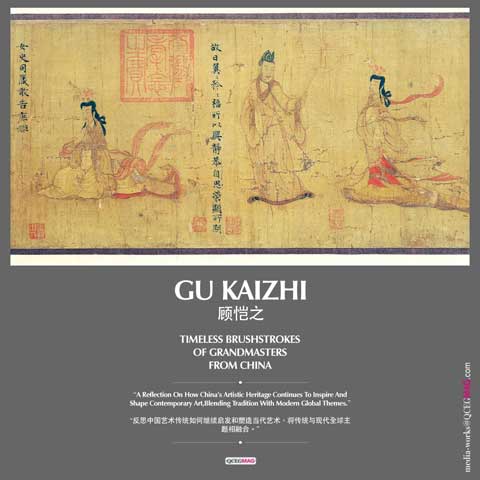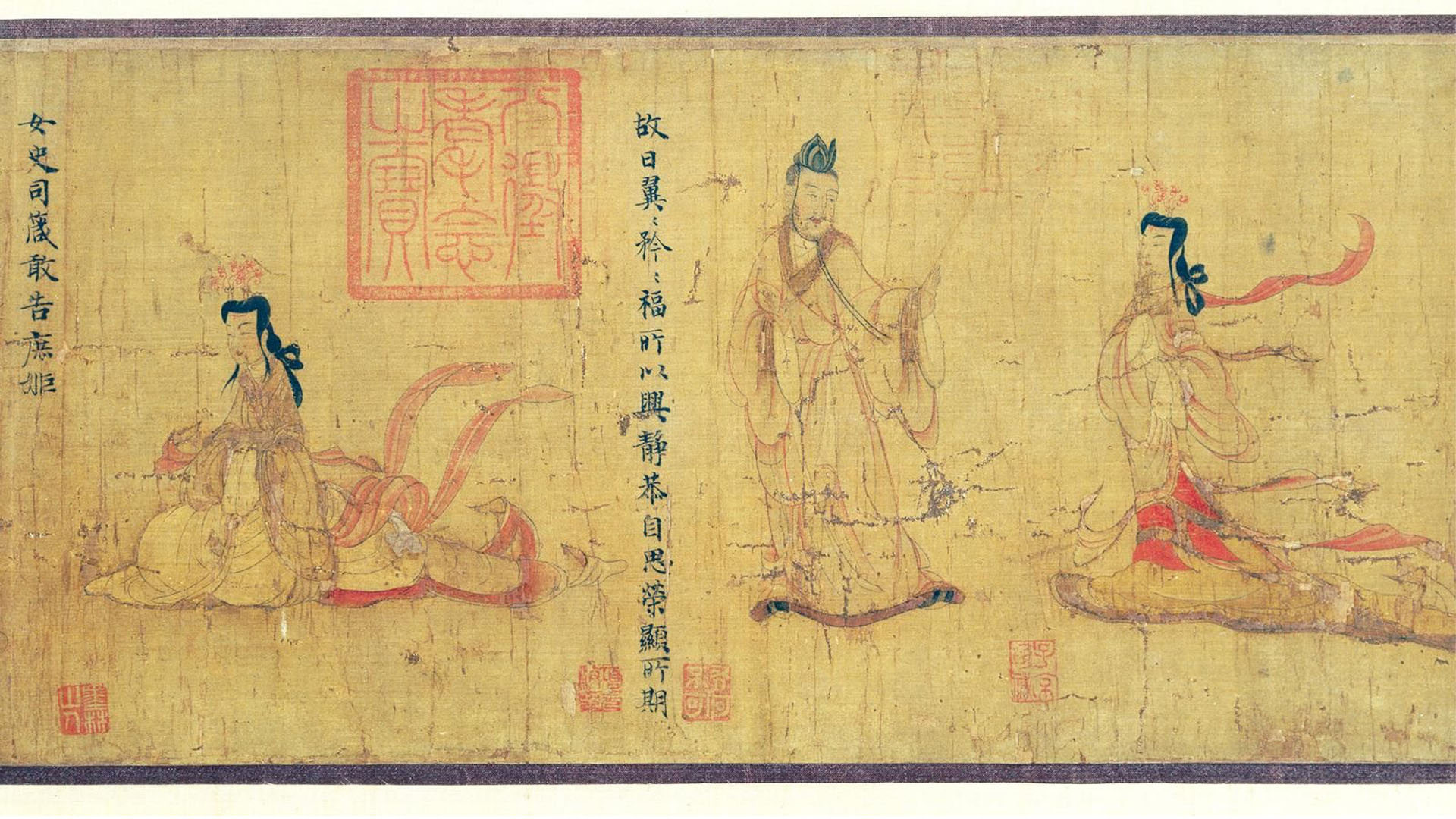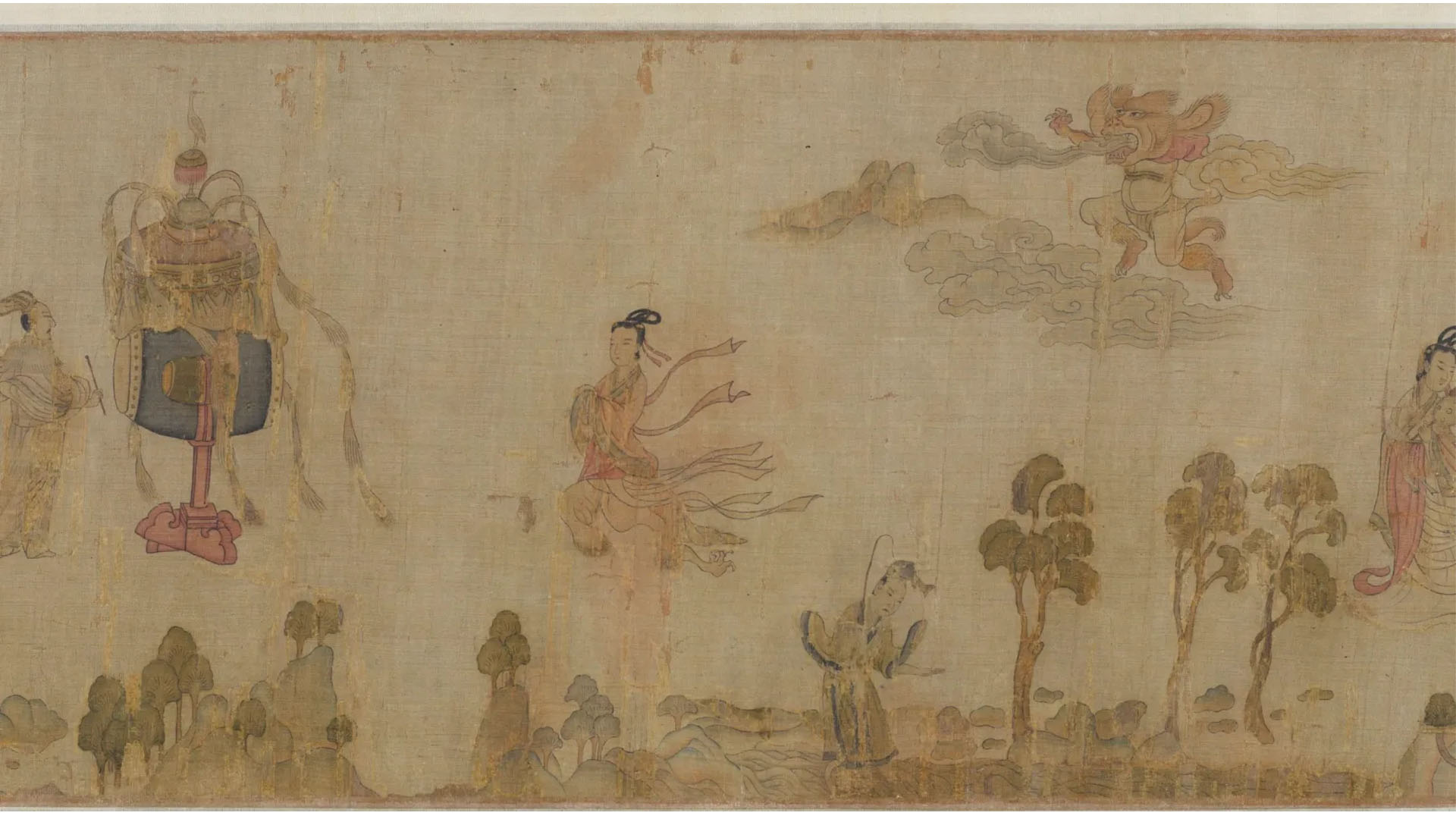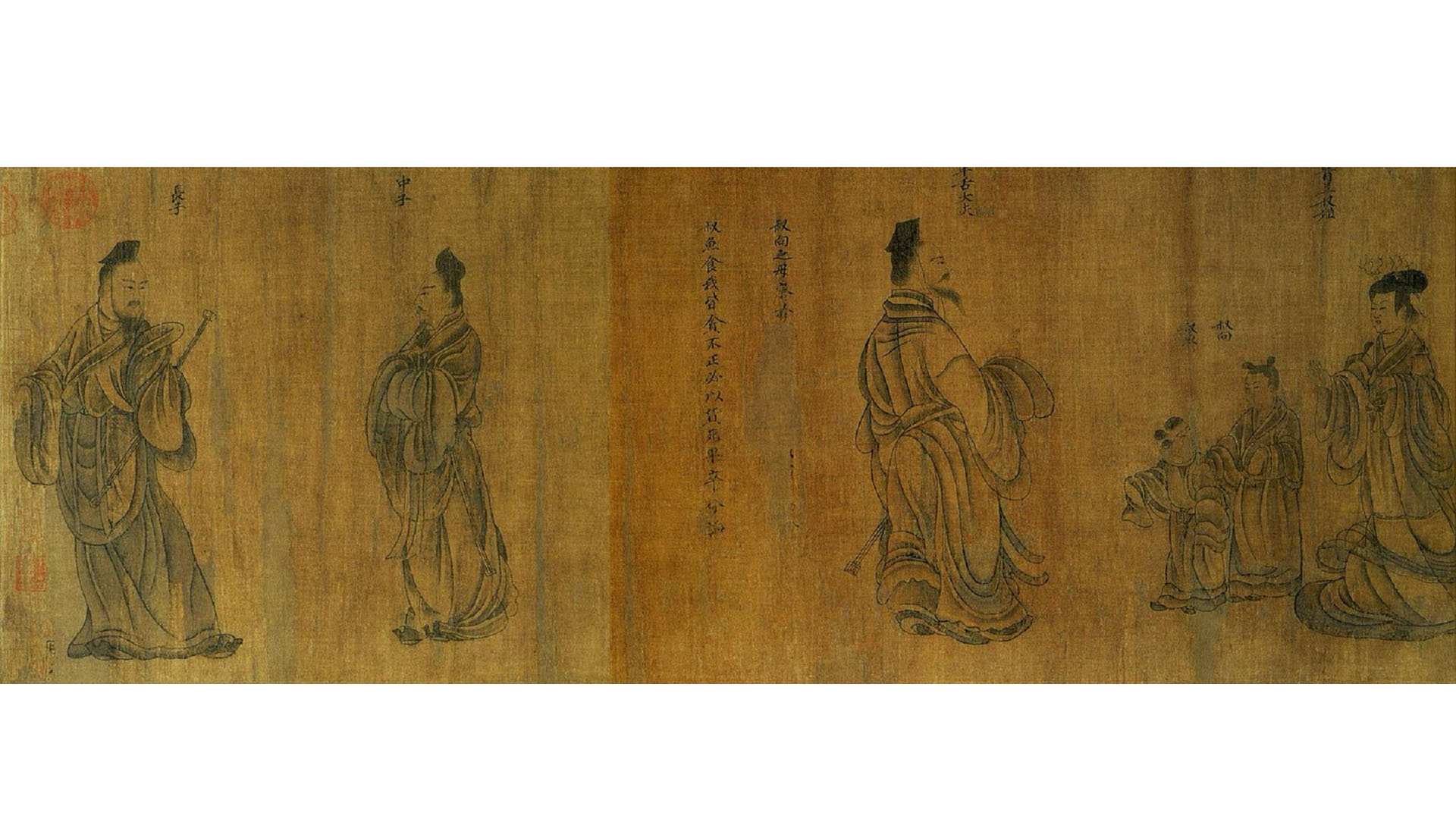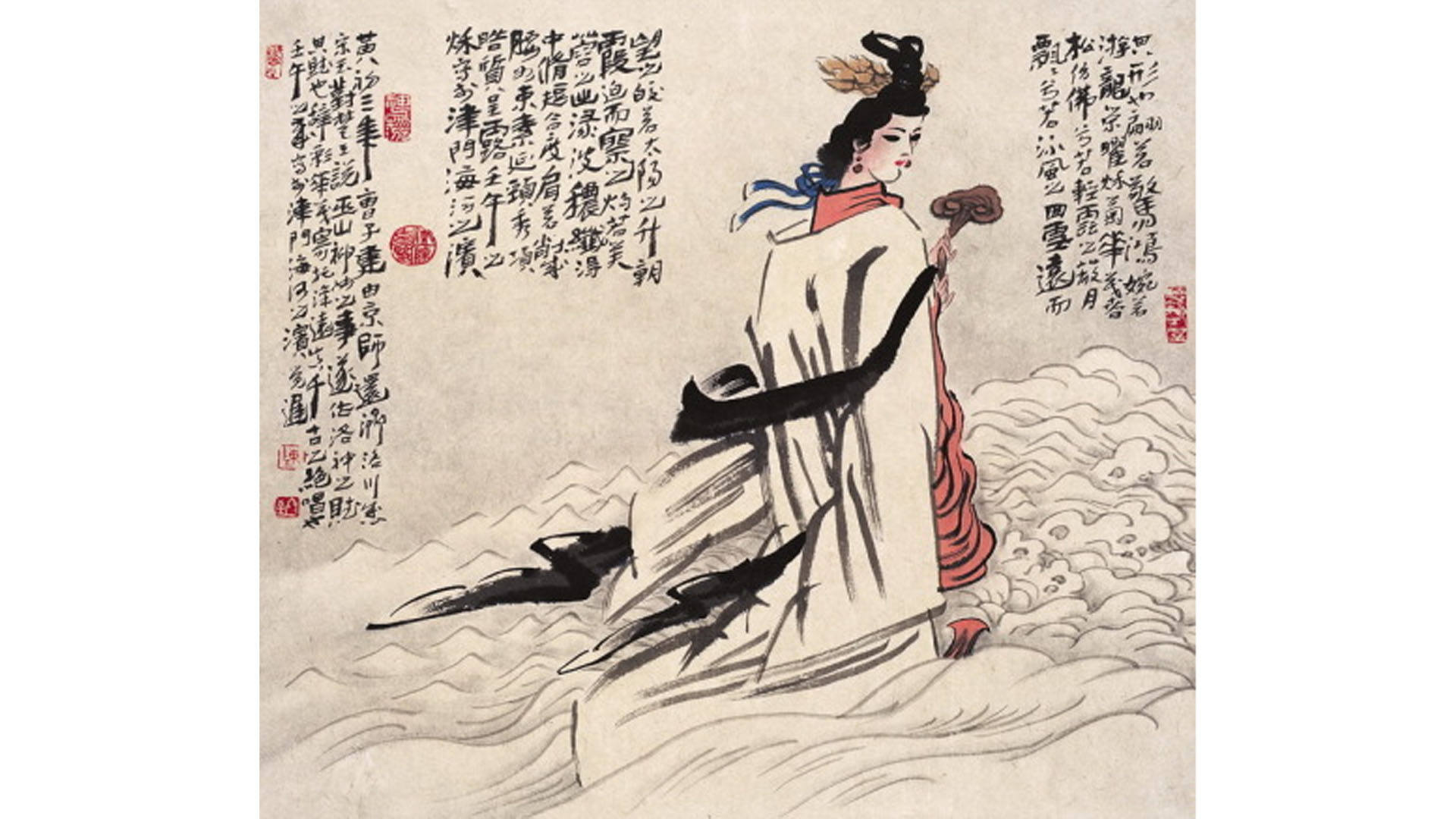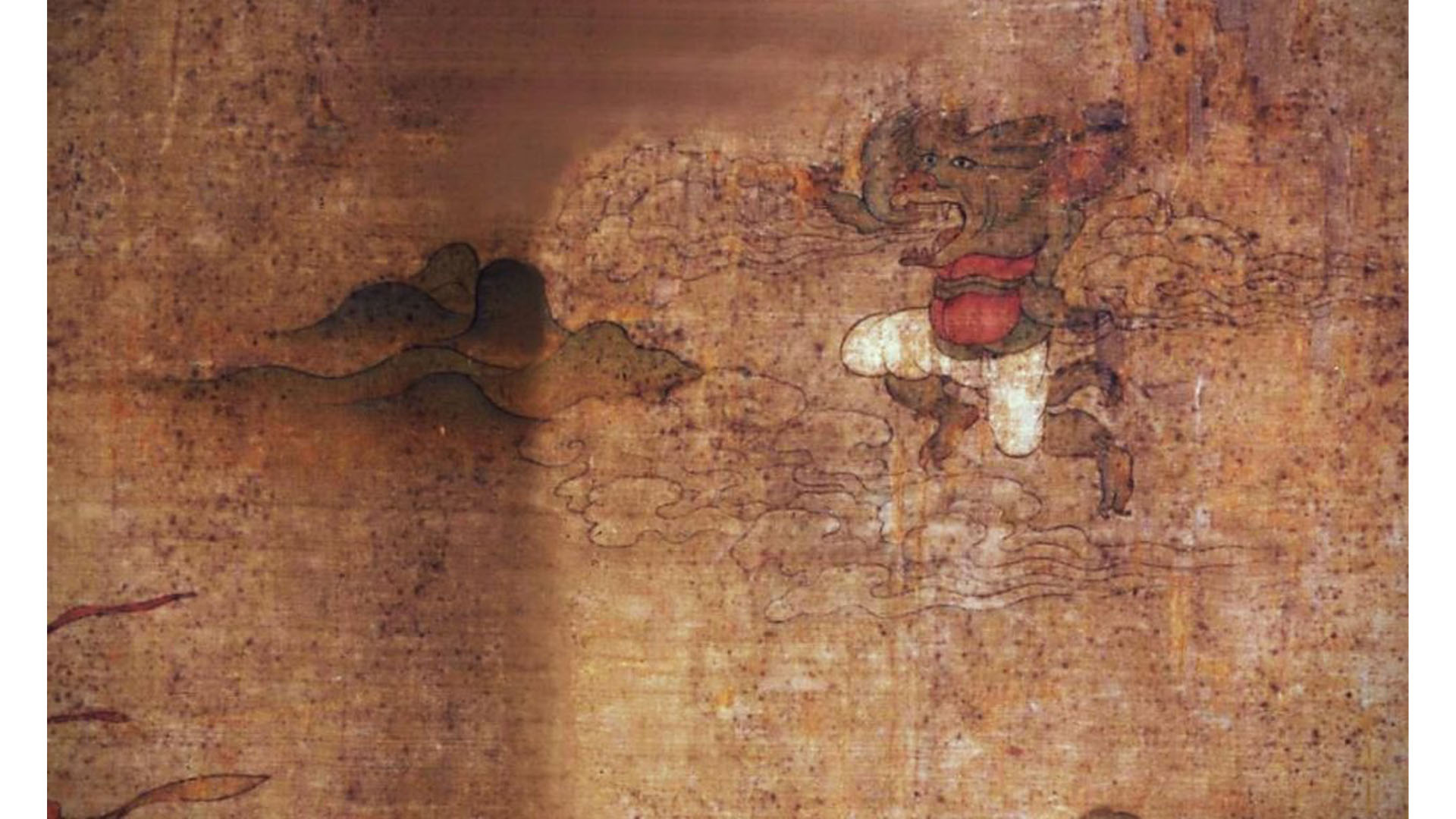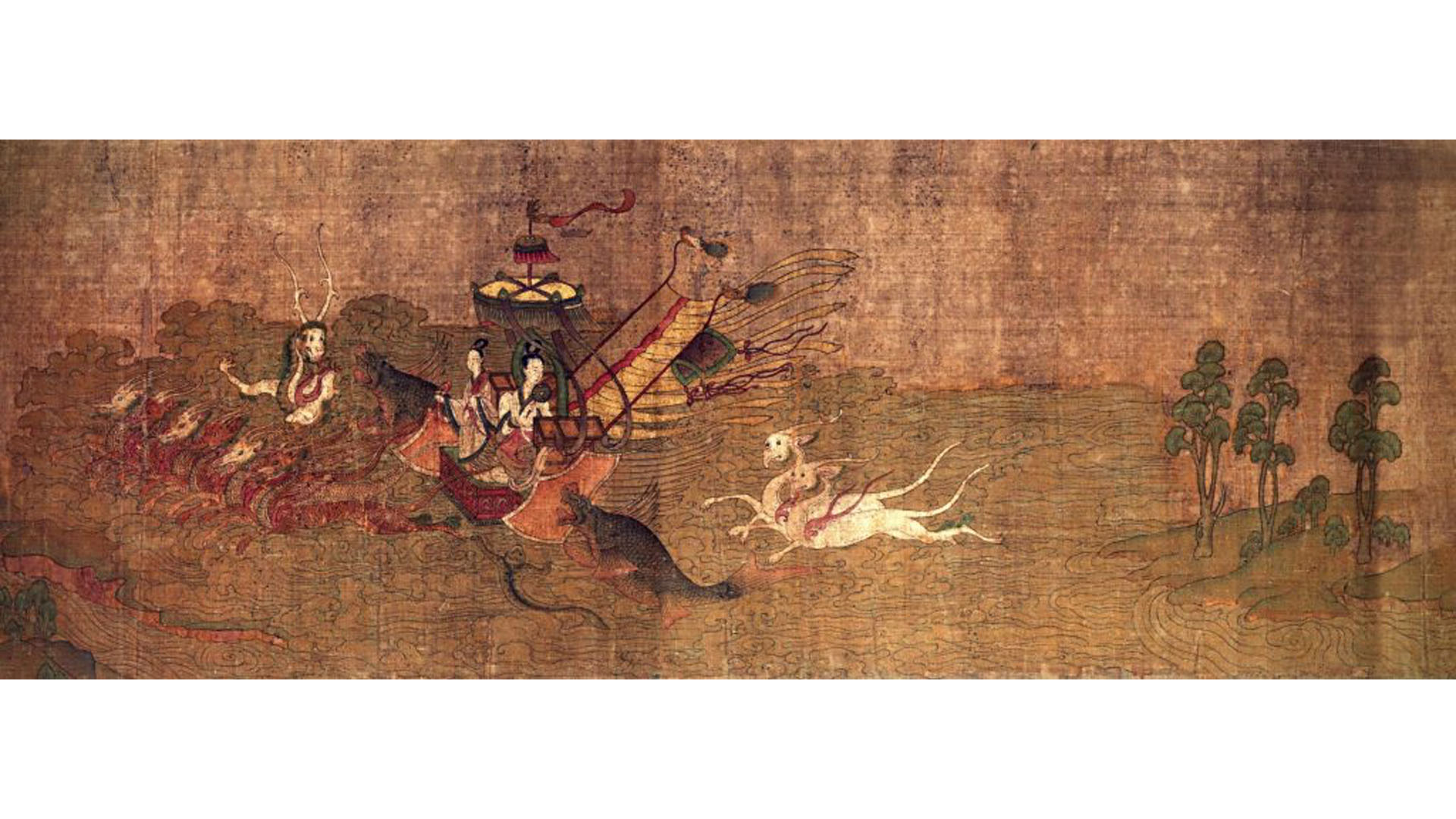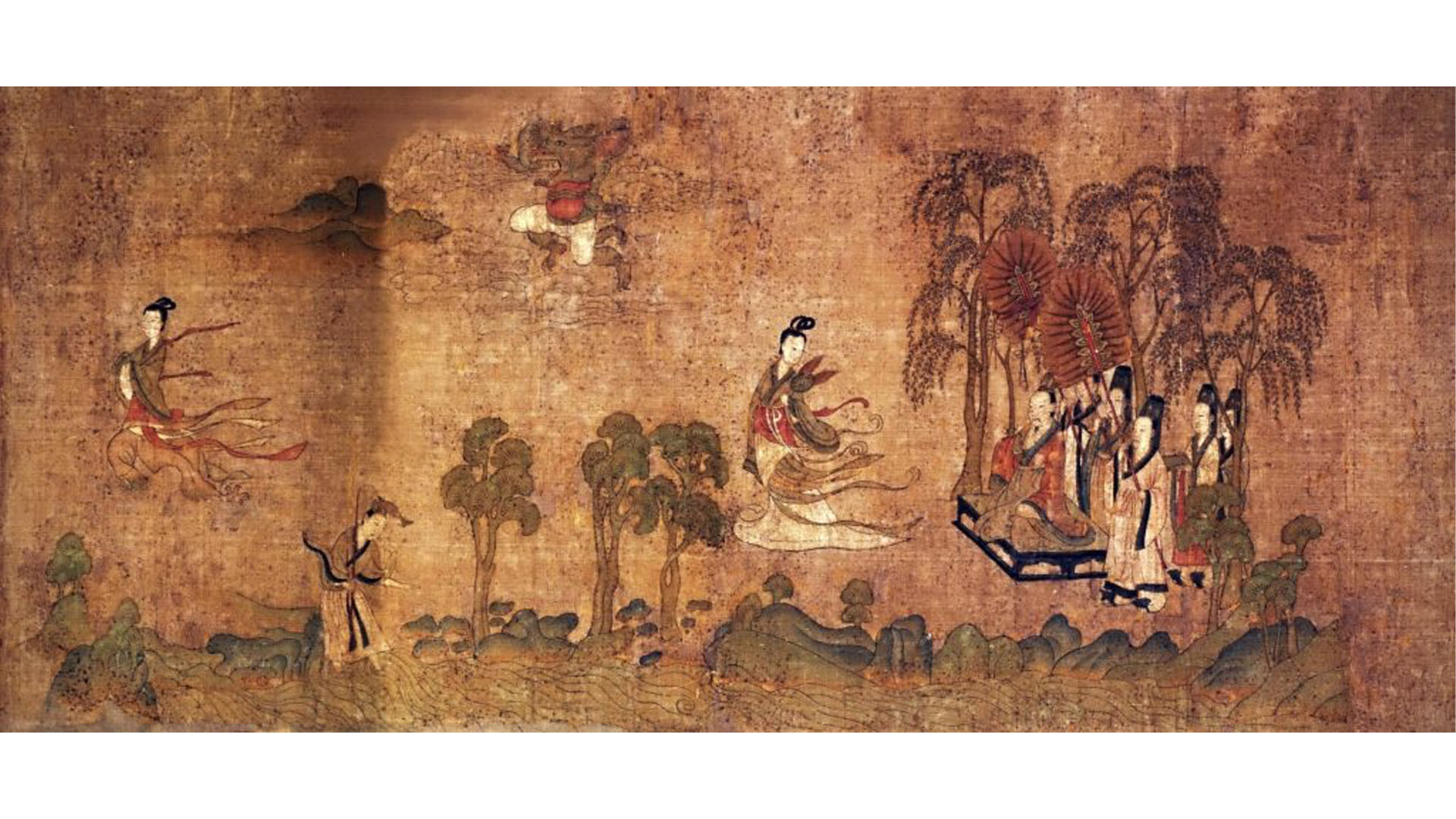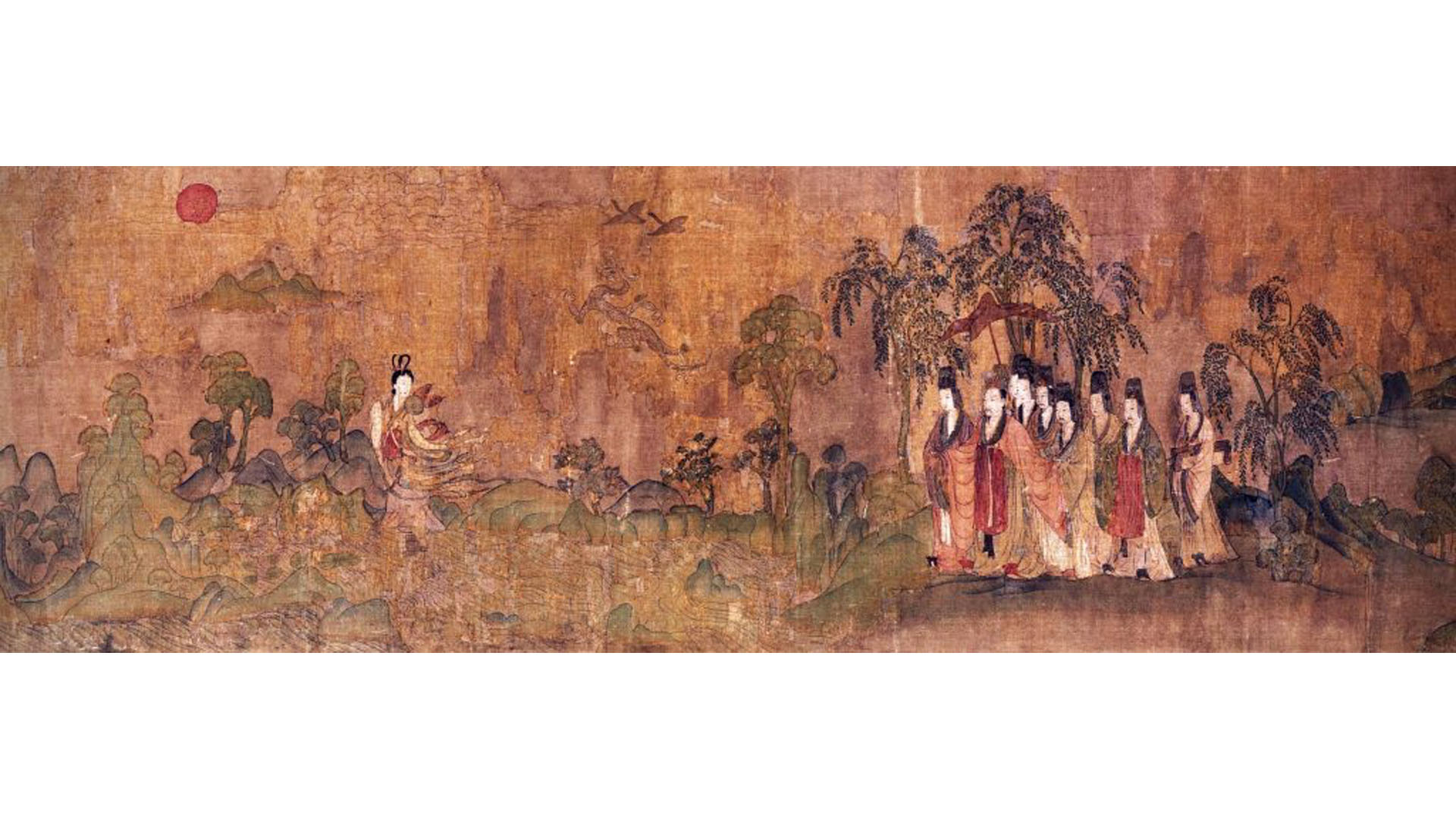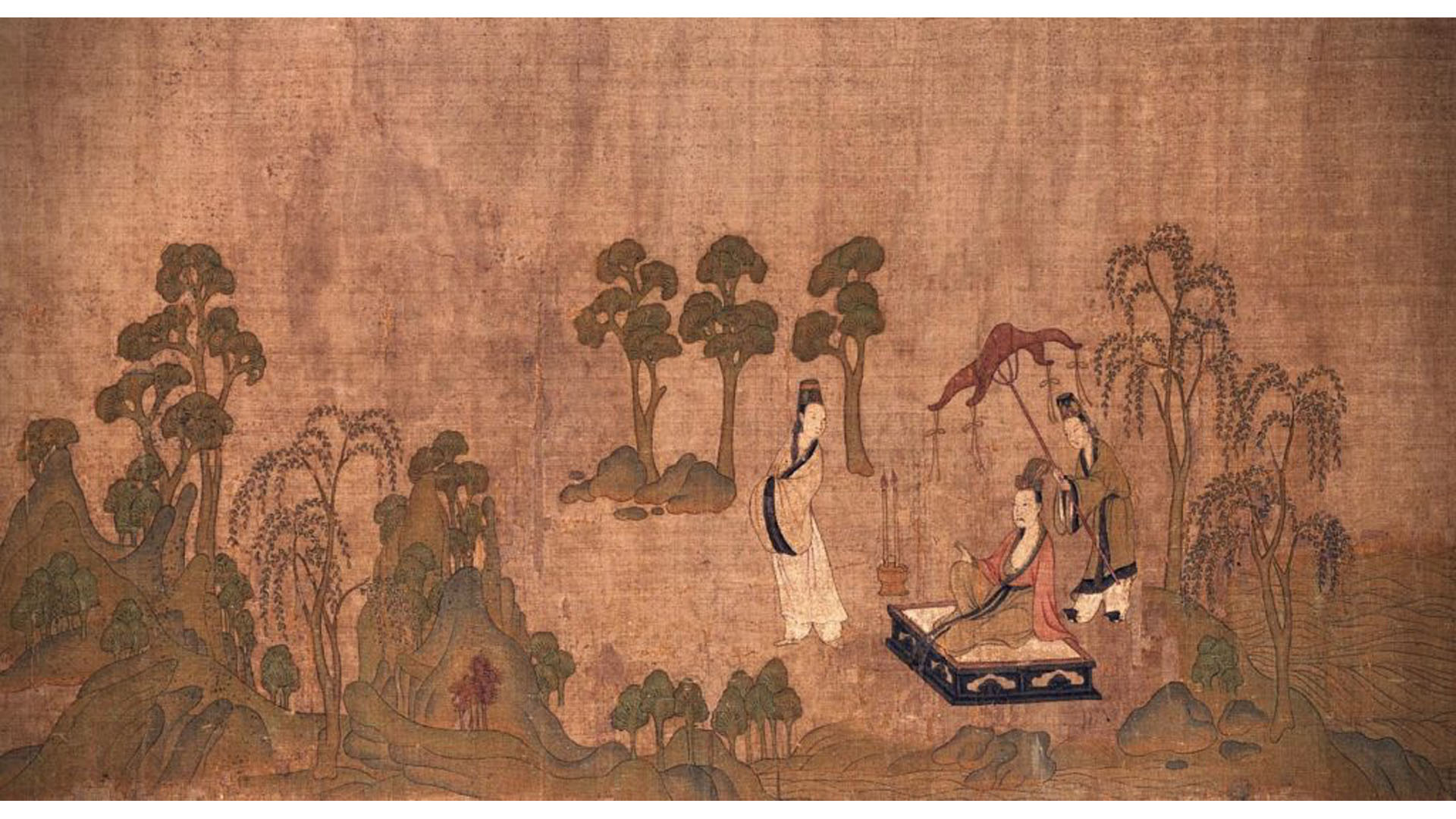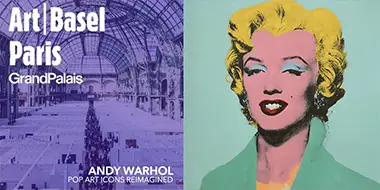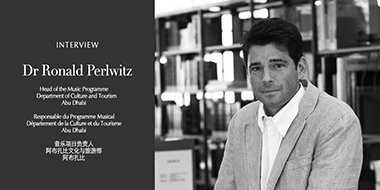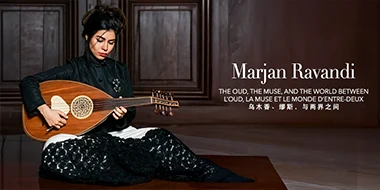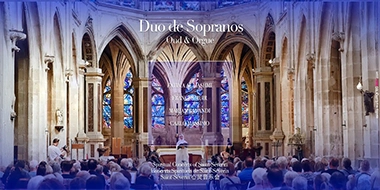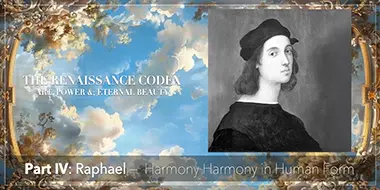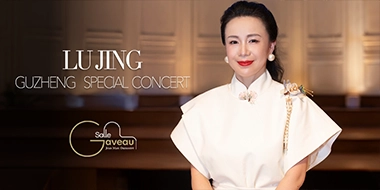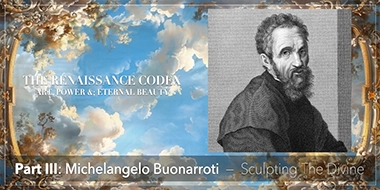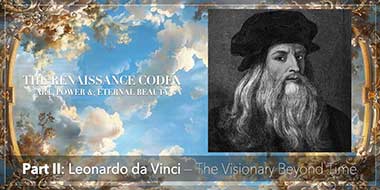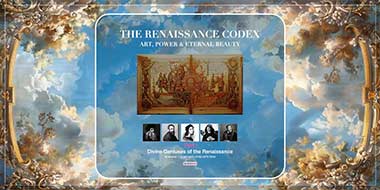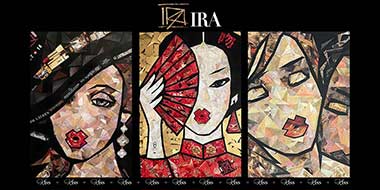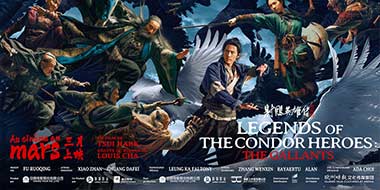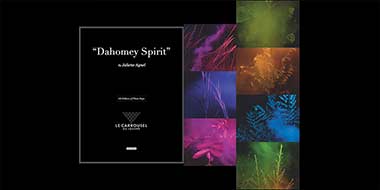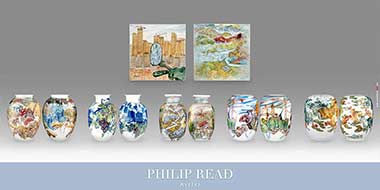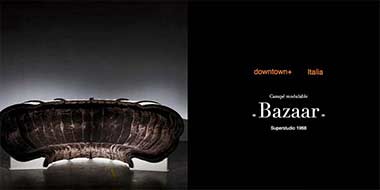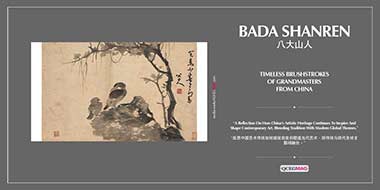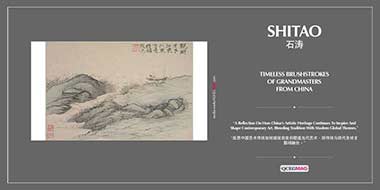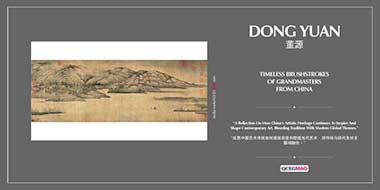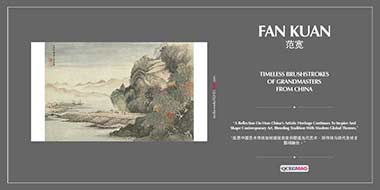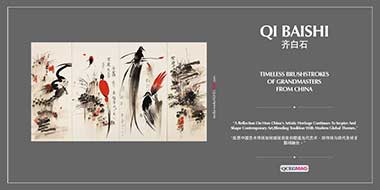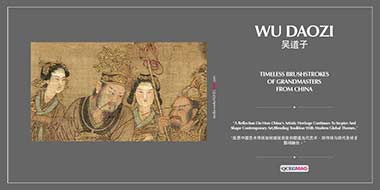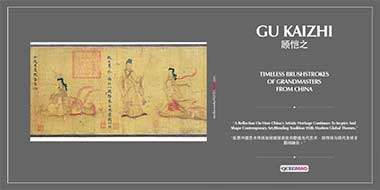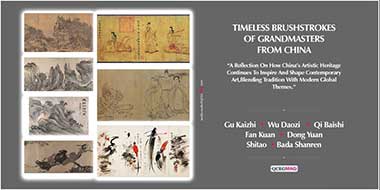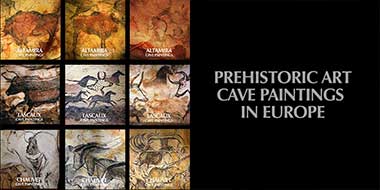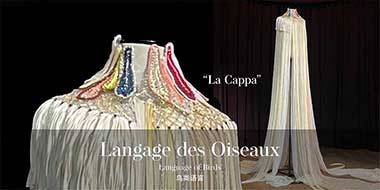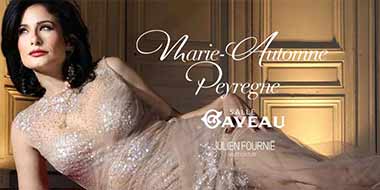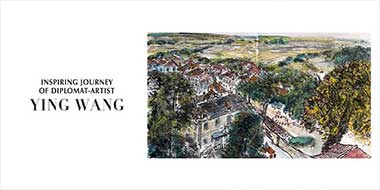GU KAIZHI
“Gu Kaizhi, A Revered Eastern Jin Painter, Poet, And Calligrapher, Is Famed for Pioneering Chinese Figure Painting & His Influential Art Theories on Capturing Spirit.”
BY MEEKAR - 18 AUGUST 2024
Gu Kaizhi, often regarded as one of the most prominent figures in Chinese art history, was a painter, poet, and calligrapher who lived during the Eastern Jin Dynasty (348-409 AD). His contributions to Chinese culture, particularly in painting, have left an indelible mark that continues to influence Chinese art. Although many of his original works have not survived, the impact of his style and the texts he left behind provide invaluable insight into early Chinese painting techniques and theories.
Early Life and Background
Gu Kaizhi was born around 344 AD in Wuxi - what is now Jiangsu Province, China. His family was well-educated and held a prominent position in society, which allowed him the opportunity to study literature, philosophy, and the arts from a young age. His talents were recognised early on, and he became known for his exceptional skills in painting, poetry, and calligraphy.
As a scholar and court official, Gu Kaizhi’s life was closely tied to the intellectual and artistic circles of his time. He served as an official in various capacities, including as a magistrate and a member of the imperial court, where his talents were particularly valued. His involvement in the court allowed him to interact with other scholars and artists, further refining his skills and expanding his influence.
Contributions to Painting
Gu Kaizhi is best known for his work in painting, particularly in figure painting. He is often credited with laying the foundation for Chinese figure painting, developing techniques and stylistic conventions that would shape the art form for centuries. His paintings are characterised by their delicate brushwork, attention to detail, and the expressive portrayal of subjects’ emotions and personalities.
— MeeKar
GU KAIZHI
“Gu Kaizhi, A Revered Eastern Jin Painter, Poet, And Calligrapher, Is Famed for Pioneering Chinese Figure Painting & His Influential Art Theories on Capturing Spirit.”
Notable Works
While most of Gu Kaizhi’s original paintings have not survived, several works attributed to him have been copied and preserved over the centuries. Among the most famous are:
(1)
(2)
(3)
Artistic Philosophy
Gu Kaizhi’s approach to painting was deeply rooted in the belief that art should convey the inner spirit and essence of its subjects, rather than merely replicate their outward appearance. This concept, known as “qiyun shengdong” (气韵生动), or “spiritual resonance and life movement,” became a fundamental principle in Chinese art. He emphasized the importance of capturing the “spirit” of a person or scene, rather than focusing solely on realistic representation.
Gu Kaizhi also wrote extensively on art theory, with his ideas recorded in several texts, including the “Essay on Painting”, where he discussed techniques, composition, and the role of the artist in society. His writings reveal a sophisticated understanding of the relationship between form, content, and meaning in art, and they continue to be studied by artists and scholars alike.
Calligraphy And Poetry
In addition to his contributions to painting, Gu Kaizhi was also an accomplished calligrapher and poet. His calligraphy, like his painting, was characterised by a fluid and expressive style, with a focus on capturing the essence of the characters. His poetry, though less well-known than his visual art, reflects his deep engagement with Chinese literary traditions and provides further insight into his philosophical and aesthetic beliefs.
Legacy And Influence
Gu Kaizhi’s influence on Chinese art cannot be overstated. His innovations in figure painting set the standard for future generations of artists, and his theoretical writings laid the groundwork for the development of Chinese art theory. His works and ideas were revered by later painters and critics, and he is often cited as a key figure in the establishment of the Chinese painting tradition.
Even though many of Gu Kaizhi’s original works have been lost over time, the copies and adaptations of his paintings that survive continue to be treasured as masterpieces of Chinese art. His legacy lives on in the continued study and appreciation of his contributions to the cultural heritage of China.
Gu Kaizhi’s life and work exemplify the integration of artistic skill, intellectual depth, and moral philosophy that characterizes the highest achievements of Chinese culture. Through his paintings, writings, and influence, he remains a towering figure in the history of Chinese art, whose impact is still felt today.






